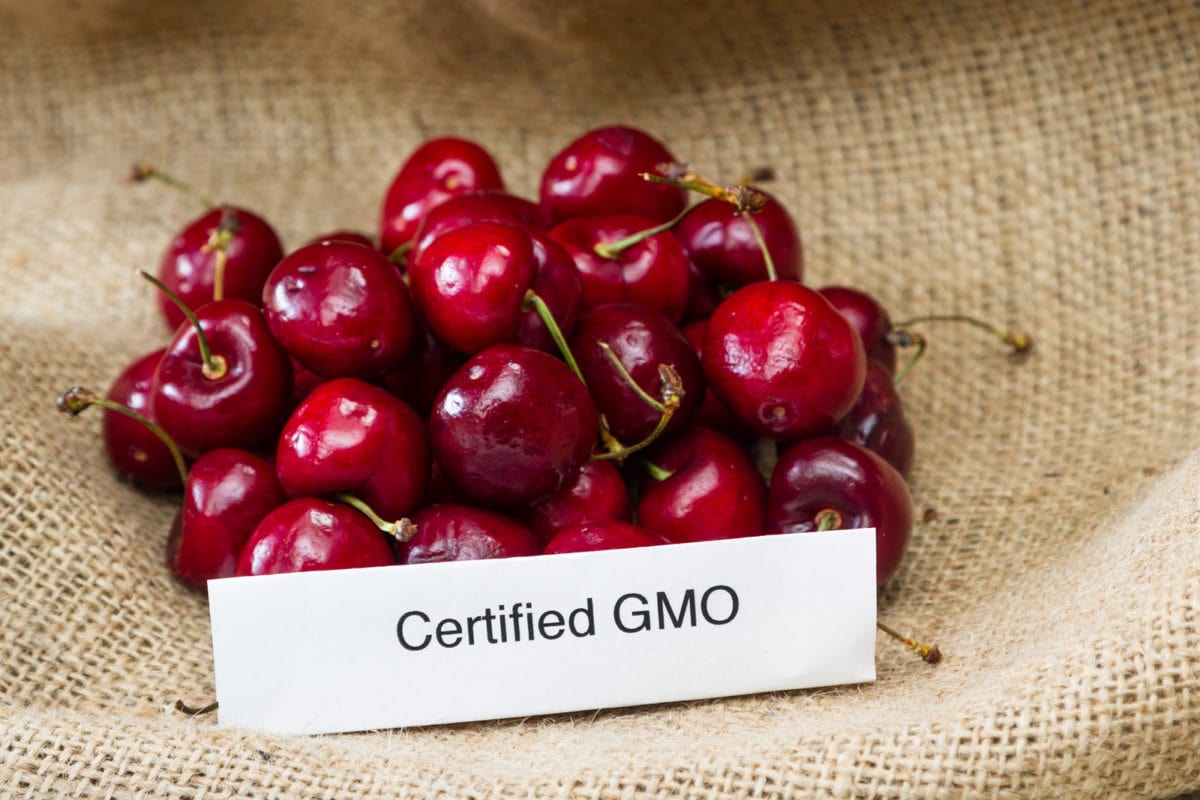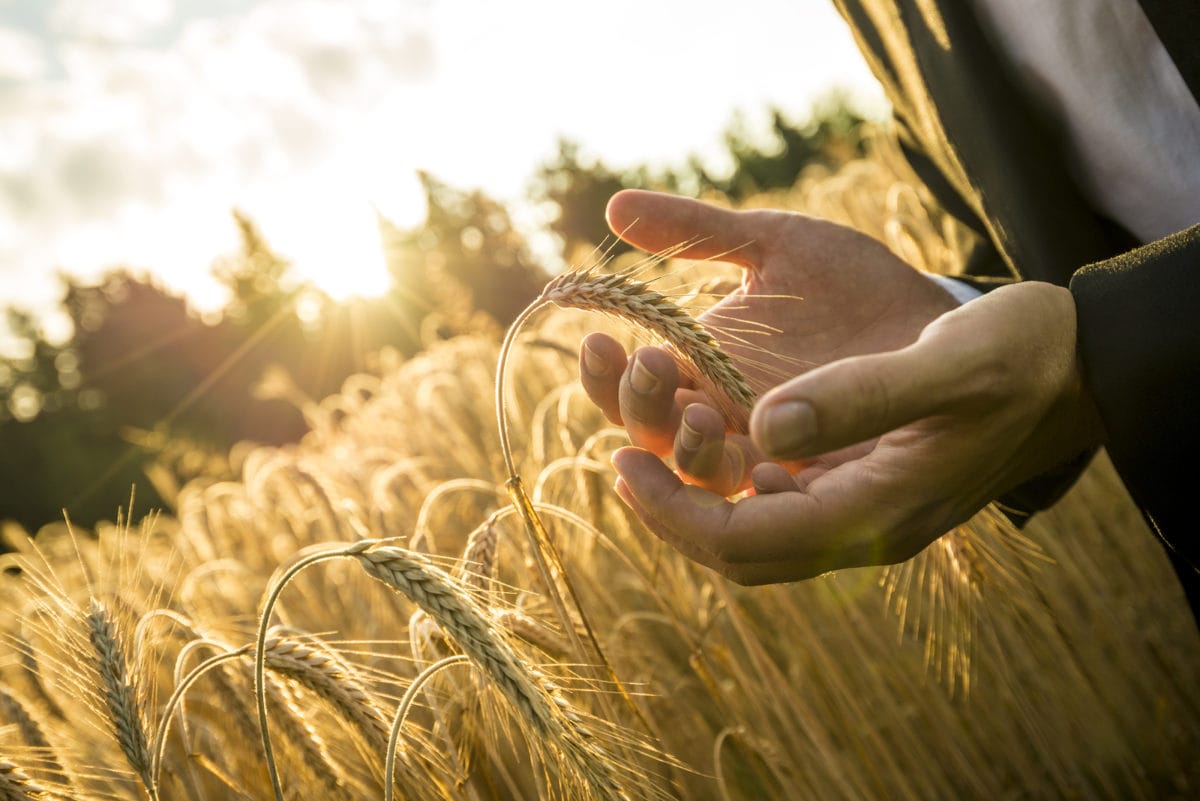
Genetically Modified Organisms
Walking down the aisles in any given grocery store is difficult enough with ordinary considerations in mind. Meat and candy, fresh veggies and processed packaging are everywhere you look.
Shiny labels adorn everything, lit by theater style lighting (and often highlighted by theater quality lighting effects). Assaulted on every side by this visual cacophony, it can be incredibly difficult to make an intelligent choice. Heaven help you if you try to do this on an empty stomach!
In the middle of all the confusion, one pronouncement pops up again and again. ‘Made with non-GMO ingredients’. But what on earth does that mean? Why are people so frightened of these foods, when there are so many other concerns out there like refined sugar, pesticide usage, and finding the right fats for a healthy diet?
It turns out that this situation is one where a little bit of knowledge turns into a whole lot of trouble, and context makes a world of difference in the perception of what is safe and healthy to eat and what should be avoided.
GMOs and the Modern Witch Hunt
A Genetically Modified Organism, according to the World Health Organization, is a plant or animal whose ‘…DNA has been altered in a way that does not occur naturally by mating or natural recombination.’
Creating these organisms falls under the disciplines of ‘modern biotechnology’ or ‘genetic engineering’. Through this exacting science, selected genes are transferred from one organism to another, sometimes between totally unrelated species.
Before you get images of the Whomping Willow from Harry Potter, or Blinky the Three Eyed Fish from The Simpsons, step back and look at the bigger picture and what exactly is at stake when genetic modifications are used.
Firstly, humans have been practicing forms of genetic modification practically since the beginning of cultivation and the domestication of animals. Modern corn or wheat have next to no visibly common traits with their ancestral breeds- they have been selected and grown through centuries to produce higher yields, withstand harsh environments, or deter destructive pests.
In a similar fashion, one glance at a Chihuahua tells you that it has next to nothing in common with a Saint Bernard; yet both are scientifically considered to be viable forms of Canis domesticus, and equally descended from Canis lupus, the wolf.
For thousands of years, humans have directly manipulated the outcome of innumerable generations of plants and animals- with absolutely no official scientific monitoring for quality or safety in the outcome.
Genetically Modified Organisms (GMOs) have been on the market since the mid- 1990s, starting first with a variety of herbicide- resistant soybeans. This particular crop allowed farmers to utilize a significantly smaller amount of chemical weed killer.
This resulted in less chemical pollution in the watershed, and less collateral damage in beneficial organisms like earthworms and honeybees. In another case, corn enhanced with a gene from the bacterium Bacillus thuringiensis (Bt) developed innate resistance to two destructive pests: the corn borer and the corn earworm.
Bt corn kills 100% of the borers and ear worms that chew on it, and yet does not affect plants or soil quality in its vicinity. In this way, GM plants can be seen as the parallel to vaccinated people– much less likely to contract disease, and much less likely to need expensive secondary treatment (antibiotics for people, or pesticides for plants).
Again, by destroying all of the target insects that munch on it, Bt corn doesn’t allow for a few resistant insects to survive and breed- no pest super-bugs here.
Hey, Random Internet Voice, Who Really Monitors This Stuff?
Given the potential for disaster whenever nature is messed with, GMOs are strictly monitored, tested, and controlled by the World Health Organization under their Department of Food Safety and Zoonoses. In a stringent series of guidelines known as the Codex Alimentarius, GMO foods are assessed in the following qualitative traits:
-direct health effects (toxicity)
-potential allergenicity
-specific nutritional composition vs toxic properties
-stability of inserted gene
-nutritional effects of modification
-any unintended effects.
Any GMO is also assessed with a specific eye to the problems of allergenicity, gene transfer, and outcrossing. This translates to assessment as to whether the new organism will cause greater or lesser allergic reactions, whether the new gene can be transferred to the consumer, and if the new gene will hybridize undesirably with native populations.
It is taken into account that different GMOs have genes inserted in different ways; all foods are assessed on a case by case basis. With this excruciating adherence to detail, no generic statements are possible- only specific and accurate ones.
Only those organisms with the lowest, most negligible effects on both consumers and the environment make the grade. While not being internationally binding, countries are strongly encouraged to adhere to the best practices suggested.
Working hand in hand with the WHO are the Food and Drug Administration (FDA) and the US Department of Agriculture (USDA). Holding to similarly high standards of laboratory assessment and field testing, both organizations have a vested stake in the ultimate outcome of the healthiest, most nutritionally sound, and safest food products available.
Given the scrutiny from these three respected organizations, it has been shown that there is no more danger from GMOs than from those food sources developed by traditional methods over thousands of years.

Why Are We Doing This?
All genetically modified foods are done so for three reasons: Resistance to insect damage, resistance to viral infection, and herbicide tolerance. Recently, a new focus has emerged to increase the nutritional value of selected crops, though that discipline is still in its infancy.
Combine this with wise crop rotation and land usage, and the overall environmental impact of farming drops precipitously. Even more astonishing, the usage of GMO crops allows for no-till farming, which prevents soil erosion and protects earthworm populations.
Why We Are Afraid
It’s easy to fear what we do not know, it is simply human. However, curiosity is an equally human trait, and one that often makes up for the flaws of unsubstantiated fear. In this case, GMOs get a bad reputation through international news and bad timing.
The mid- 1990s were a terrifying time for UK beef farmers in the form of bovine spongiform encephalopathy: Mad Cow Disease. This was not the result of deliberate cross breeding or insertion of genes, rather it was the ugly fallout of a livestock feeding program.
Scrapie is a degenerative neurological disease that affects sheep and goats. It causes collapse of the legs among other symptoms and is ultimately fatal. When bone meal from scrapie-affected sheep was added to enrich the protein content of fodder for beef cattle, the prion (virus fragment) that causes scrapie was accidentally included.
Almost half a million infected cattle had entered the human food chain before the system was shut down, killing over 200 people. The incredible terror that was the fallout of this scandal lead to the increased interest in where our food comes from, and what is done to it before it reaches our tables.
The introduction of genetically modified soybeans and corn at the same time only lent fuel to the fire of suspicion.
Labeling, Distrust, and the Economy
Due to public outcry, all genetically modified foods in the United States are labeled as such. This is despite rigorous testing that conventional foods do not have to undergo.
With a history of distrust and a sort-of-related situation, people now more than ever want to know what goes into their food, and want to be assured of its safety. Labeling has helped with the public outcry, but is potentially damaging to those who can least afford it.
Farmers who thought to make an educated decision about environmental welfare are being punished by the perception of their sturdier, though modified crops. Despite the careful discipline used to grow them and the methods of crop rotation and environmental protection involved, people are still mistrustful.
Given the fact that the world’s population is slated to hit 9 billion people by mid-century, an attitude change is in order. Careful management of all our land and its assets is needed here in order to feed all those people- and right now, GMOs are the best looking option.
Sources:
http://www.who.int/foodsafety/areas_work/food-technology/faq-genetically-modified-food/en/
http://quackwatch.org
http://www.quackwatch.org/03HealthPromotion/gmo.html
Leave a Reply